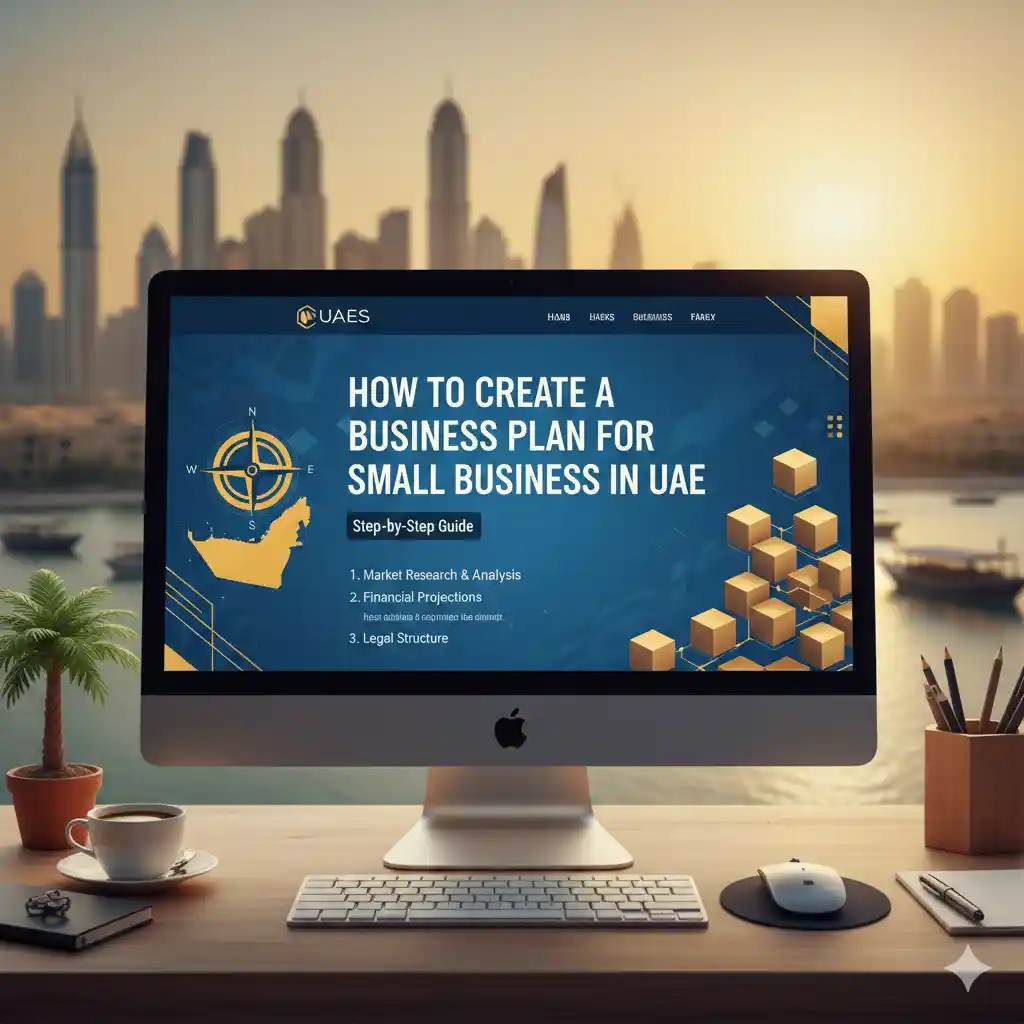In today’s digital-first world, your website is often the first point of contact between your business and potential customers. It’s more than just an online presence—it’s your digital identity. A well-designed and developed website not only reflects your brand’s values but also serves as a powerful tool to attract, engage, and convert visitors into loyal customers. In this blog, we’ll explore the importance of website design and development, the key elements of a successful website, and how professional website design and development services in Dubai can help you build a digital identity that stands out.
1. Why Your Website is Your Digital Identity
Your website is the face of your business in the digital world. It’s where customers go to learn about your products or services, read testimonials, and make purchasing decisions. A poorly designed website can drive potential customers away, while a well-crafted one can build trust, credibility, and loyalty.
Think of your website as your 24/7 sales representative. It works around the clock to showcase your brand, answer customer queries, and drive conversions. Whether you’re a small business or a large enterprise, investing in professional website design and development services is essential to creating a strong digital identity.
2. Key Elements of a Successful Website
A successful website is more than just a pretty design—it’s a combination of aesthetics, functionality, and user experience. Here are the key elements to consider:
a. Responsive Design
With over 60% of web traffic coming from mobile devices, having a responsive website is no longer optional. A responsive design ensures your website looks and functions seamlessly across all devices, from desktops to smartphones. This not only improves user experience but also boosts your search engine rankings, as Google prioritizes mobile-friendly websites.
b. Intuitive Navigation
Your website should be easy to navigate, with a clear menu structure and logical flow. Users should be able to find the information they’re looking for within a few clicks. A cluttered or confusing layout can frustrate visitors and lead to high bounce rates.
c. Fast Loading Speed
In today’s fast-paced world, users expect websites to load in under 3 seconds. Slow loading times can drive visitors away and negatively impact your search engine rankings. Optimizing images, using efficient coding practices, and leveraging content delivery networks (CDNs) are some ways to improve your website’s speed.
d. Compelling Content
Content is king when it comes to engaging visitors and driving conversions. Your website should feature high-quality, relevant content that speaks to your target audience. This includes clear and concise copy, eye-catching visuals, and compelling calls-to-action (CTAs).
e. Strong Branding
Your website should reflect your brand’s identity through consistent use of colors, fonts, and imagery. A strong visual identity helps build brand recognition and trust, making your business more memorable to visitors.
f. SEO Optimization
Search Engine Optimization (SEO) is crucial for driving organic traffic to your website. This involves optimizing your website’s content, meta tags, and structure to rank higher in search engine results. A well-optimized website not only attracts more visitors but also ensures they’re the right audience for your business.
3. The Website Design and Development Process
Building a successful website involves a structured process that ensures every aspect is carefully planned and executed. Here’s an overview of the steps involved:
a. Discovery and Planning
The first step is to define your website’s goals, target audience, and key features. This stage involves conducting research, creating user personas, and developing a sitemap to outline the website’s structure.
b. Design
The design phase focuses on creating the visual elements of your website, including the layout, color scheme, and typography. Wireframes and prototypes are created to provide a blueprint for the final design.
c. Development
During the development phase, the website’s design is brought to life through coding. This involves building the front end (what users see) using HTML, CSS, and JavaScript, and the back end (server-side functionality) using technologies like PHP, Python, or Node.js.
d. Testing
Before launching, the website undergoes rigorous testing to ensure it functions as intended. This includes checking for bugs, testing responsiveness, and optimizing performance.
e. Launch
Once testing is complete, the website is deployed to a live server and made accessible to the public. This stage also involves setting up domain names, SSL certificates, and hosting services.
f. Maintenance
A website is never truly “finished.” Regular updates, security patches, and content updates are essential to keep your website secure, functional, and relevant.
4. The Role of Professional Website Design and Development Services
While DIY website builders may seem like a cost-effective option, they often lack the customization, scalability, and performance needed to create a strong digital identity. Professional website design and development services offer several advantages:
a. Expertise and Experience
Professional developers bring years of experience and expertise to the table, ensuring your website is built to the highest standards. They stay updated on the latest trends and technologies, so your website is always ahead of the curve.
b. Customization
A professional team can create a website tailored to your unique needs and goals. From custom features to personalized designs, they ensure your website stands out from the competition.
c. SEO and Performance Optimization
Professionals understand the importance of SEO and performance optimization. They ensure your website is fast, secure, and optimized for search engines, helping you attract more visitors and drive conversions.
d. Ongoing Support
Building a website is just the beginning. Professional teams offer ongoing support and maintenance to ensure your website remains secure, functional, and up-to-date.
5. Why Choose StiffTech Solutions for Your Website Design and Development?
At StiffTech Solutions, we specialize in creating websites that not only look great but also deliver results. Our team of experienced designers and developers works closely with you to understand your goals and create a website that reflects your brand’s identity. From responsive design to SEO optimization, we ensure every aspect of your website is crafted to perfection.
Whether you’re building a new website from scratch or revamping an existing one, our website design and development services are designed to help you succeed in the digital age. Let’s work together to build a digital identity that sets you apart from the competition.
Conclusion:
Your website is more than just a tool—it’s your digital identity. It’s where first impressions are made, relationships are built, and business goals are achieved. By investing in professional website design and development services, you can create a website that not only looks great but also drives results.




